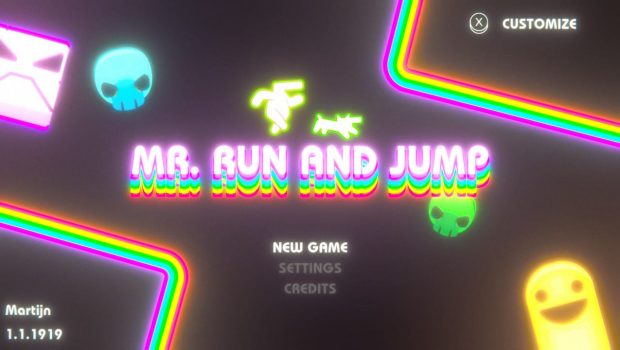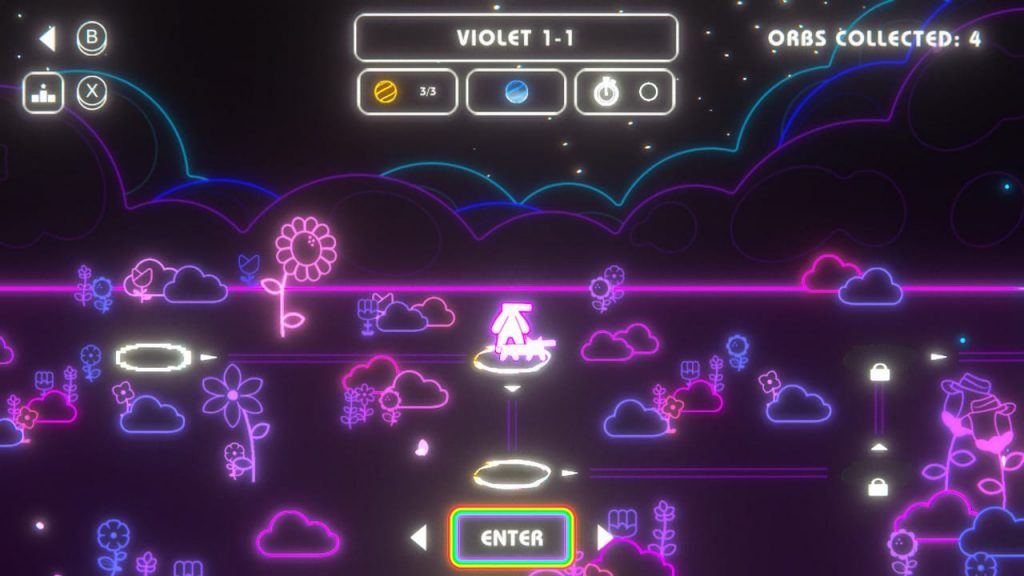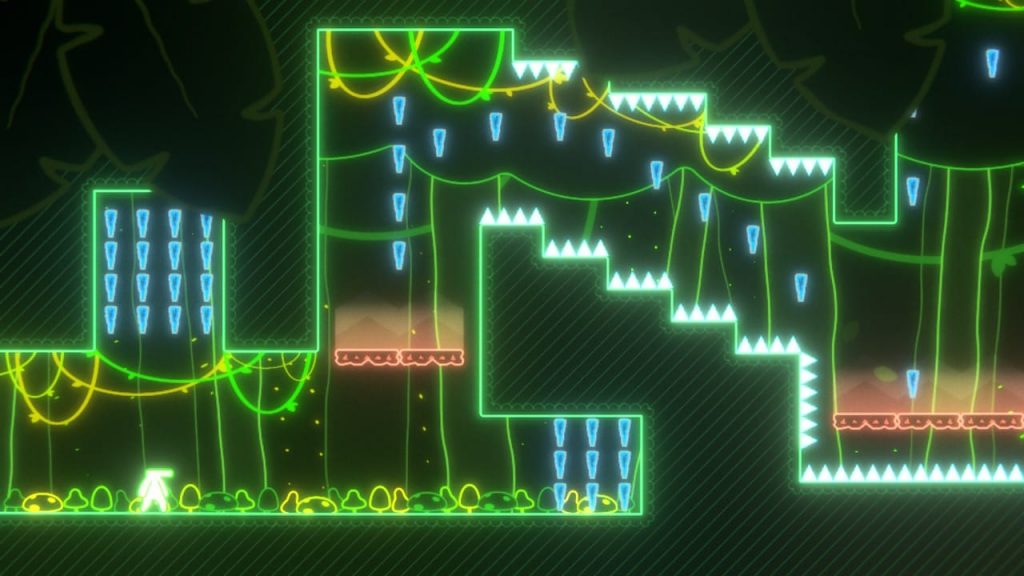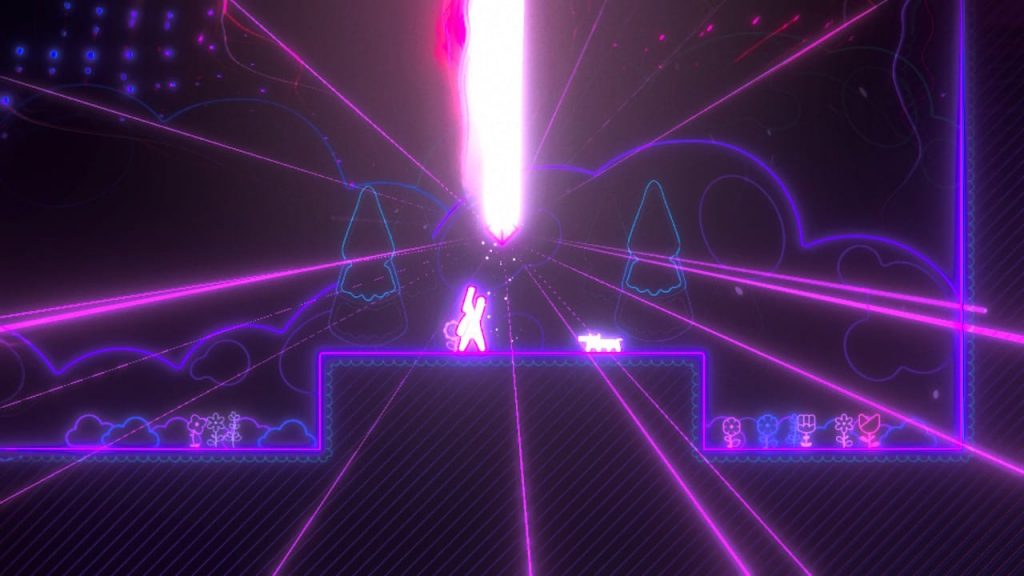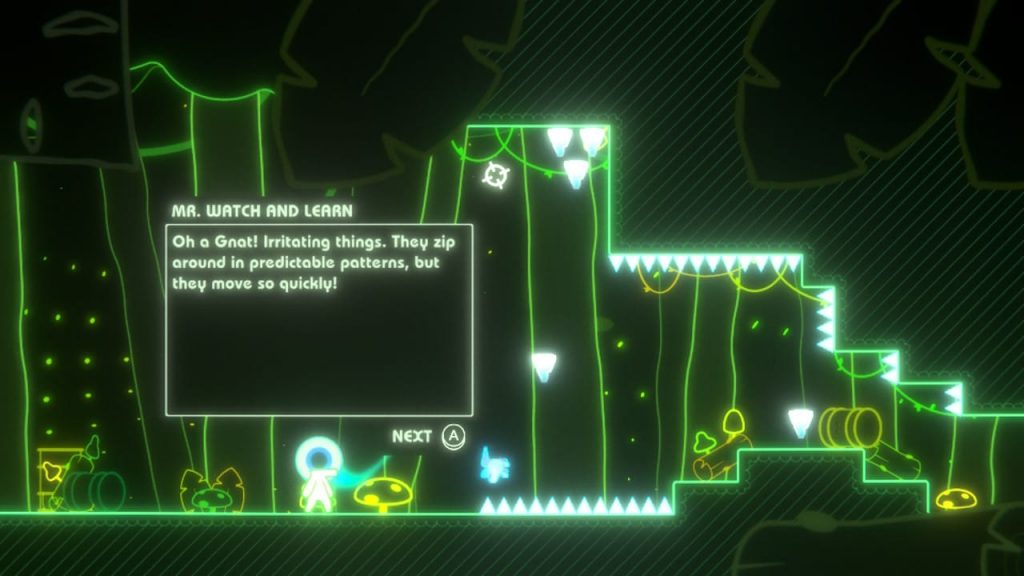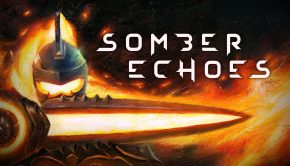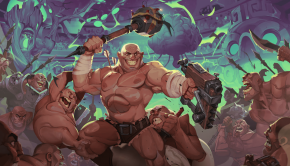Mr. Run and Jump Switch Review
Summary: Mr. Run and Jump is a fantastic 2D platformer whose level design makes the most out of the two actions in its title. The challenges the game presents will be most enjoyable to veterans of the genre, but the solid aesthetics, music and assistance options do enough to also entertain newcomers.
4
Precision Platforming
As a big fan of platformers, a game with the name Mr. Run and Jump feels like it was destined to catch my eye. I love running and jumping in games! I’m down to play any game that lets me do that. On second thought, never mind – I would have to play a lot of games then actually. The point is, the title tells you almost everything you need to know – so let’s jump right into the review to see if this game can give other platformers on the market a run for their money.
Firstly, let’s talk about the game’s controls – games in this genre live and die by them after all. Fortunately, Mr. Run and Jump is off to a good start in this regard – they’re perfectly responsive. Not only that, the developers really got the most out of making a game named after two simple actions by having many different variations of them – you can long jump, high jump, double jump, wall jump, roll, and dash in mid-air. Using these in tandem with each other opens up tons of potential movement options – your mid-air dash becoming usable again after a double or wall jump being one of the biggest contributing factors – and the level design takes full advantage of this.
There are twenty levels in this game spread across five color themed worlds, with each world introducing new reoccurring obstacles. Most of these obstacles use movement as their form of attack, meaning you’ll have to use your movement in kind to overcome them. The levels consist of “rooms” rather than being one continuous path, and respawns you at the beginning of the “room” when you die – akin to games such as Celeste. Mr. Run and Jump mirrors that game in more ways than one – for example, it also features more challenging “bonus rooms” (of which there are three in each level) that reward you with a collectible. Acquiring a certain amount of these collectibles (called orbs) unlocks levels in the bonus world that is disconnected from the main story.
Finding collectibles is not limited to exploration though – there are two more methods of obtaining orbs in the game. Method number one is the time trial mode that unlocks after beating a level for the first time – beat the level again fast enough and you’ll be rewarded with an orb. Method number two is collecting all shards in a single level, of which there are between 150 and 350. These shards, spread across the “rooms” in a way reminiscent of things like the coins in Mario, bananas in Donkey Kong Country or rings in Sonic – also combine to make an orb. This leads me to talk about Mr. Run and Jump’s length and the way it handles difficulty. As I played through the game, I tried picking up every shard and orb I could (other than the ones earned from time trials), and reached the end of the final level in around 15 hours. On my second playthrough (that I ended up doing for a reason that I will explain later) I decided to leave the shards and orbs alone, and that cut my total playtime down by a whopping 80%. I was obviously more familiar with and skilled at the game by then, which helped – but you’re also simply forced to engage with much more of its level design while going for the shards and orbs. Thus, the choice to go after collectibles functions as both a harder difficulty and as a way to get more value out of Mr. Run and Jump.
If you instead wanted to lower the game’s challenge level, it has more overt systems in place to do that through checkpoint flags and invincibility stars – at any point in the pause menu you can choose to have these appear often, rarely, or never. Another thing that helps to alleviate potential frustration is the fact that respawning after dying is near instantaneous – interestingly enough, you do have to press a button to do it. I actually don’t mind this though as it gives you a view of the area where you died to gather information for your next attempt, allows you to take a breather before continuing should you desire it, and if you just want to retry immediately a button press still makes that process very quick. I think the developers did a great job of giving the players options to fine-tune their Mr. Run and Jump experience – however, I can’t help but think that the game is still mostly catered towards folks who love tough platformers (like me). It absolutely can be enjoyed by people who aren’t good at them, but people who are will certainly get more bang for their buck.
No matter your skill level, I think everyone can appreciate Mr. Run and Jump’s presentation. It’s definitely not the most detailed game in the world, but the neon aesthetic is cool looking all the same – and I also like how it serves the gameplay first and foremost. An example is our main character, who normally sports the same color as the world around him, becoming grayed out once he has used his double jump. Furthermore, those colors do a good job at making the realms feel distinct, despite the actual level design and obstacles never really reflecting the environment much.
Something else that differentiates them from each other is the music – and Mr. Run and Jump has an all-around solid line-up of chiptunes. While each world may have only one unique song, levels 2 and 3 do add more parts to it – which is a really fun way of having the soundtrack mark your progression through the world. The music also heavily contributes to the oppressive atmosphere in every world’s final level, which always features the Void continuously chasing you through it. Speaking of the Void, that is supposed to be the game’s main antagonist – in typical platformer fashion though, there is barely a story to speak of. You drive the Void back a bit by completing a world, and that’s kind of it. I thought that maybe our canine companion would do something interesting, considering every level starts with it going ahead of us and then we only see it again at the end of the level, but no. It’s just.. faster at platforming than we are, I guess. At least the sentient eyeball called Mr. Watch and Learn has some amusing (optional) tutorial dialogue.
Lastly, let’s discuss that second playthrough I mentioned earlier. The reason I had to give Mr. Run and Jump another go is because I couldn’t actually beat it the first time. Why was I unable to beat the game, you may ask? Was it too hard? No, it only consistently crashed at the exact moment I was one inch away from beating the final level. And by consistently, I really do mean consistently – I played that level more than ten times, and the result was always the same. I had to know if this was a problem with the save file or with the game itself, and thus my second playthrough was born. Luckily it brought nothing but good news: it was a save file problem, and I relished the game even more after experiencing it through that new “collectible-less” lens – I could see how much I already improved compared to my first journey, and that’s the hallmark of a fantastic platformer to me. Still, I hope a stability patch is in the works regardless because having a spot that even has the potential to regularly crash the game – especially when it is literally a millisecond away from the credits – is not exactly great.
Final Thoughts
Overall, I had a lovely time with Mr. Run and Jump. It has pretty much everything I could ask for in a 2D platformer: responsive controls, fun movement options, solid level design, and adequate production values. The game is difficult but also has enough options to accommodate most skill levels – nevertheless, as discussed earlier, people who love the challenge shall probably get the most out of it. To those people, it’s an easy recommend from me. If you’re more of a casual platformer fan, Mr. Run and Jump is still entertaining – just be aware that the game will likely be less of a time investment, for better and for worse.


